These British towns are now cities for the Platinum Jubilee
The UK's nine new cities
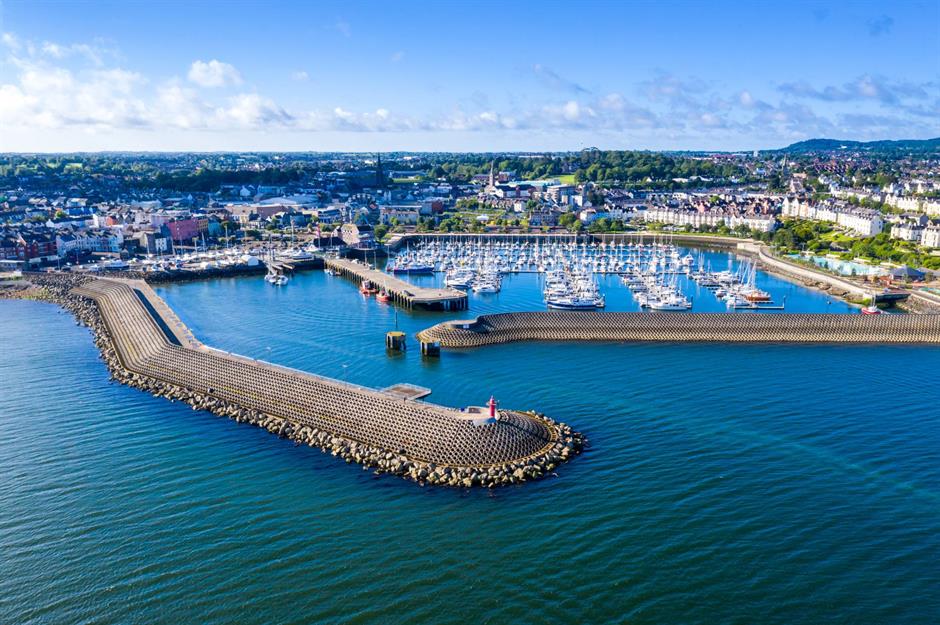
This year, as part of Queen Elizabeth II’s Platinum Jubilee marking 70 years on the throne, the Platinum Jubilee Civic Honours Competition was launched, offering towns across the UK the opportunity to obtain city status to help boost tourism and local economies. For the first time ever, the competition was also open to the Crown Dependencies and Overseas Territories. From its 38 entrants who were required to demonstrate how their "unique communities and distinct loyal identities meant that they deserved to be awarded city status", a record number of new cities have been announced, including the newest addition, Gibraltar.
Colchester, Essex, England
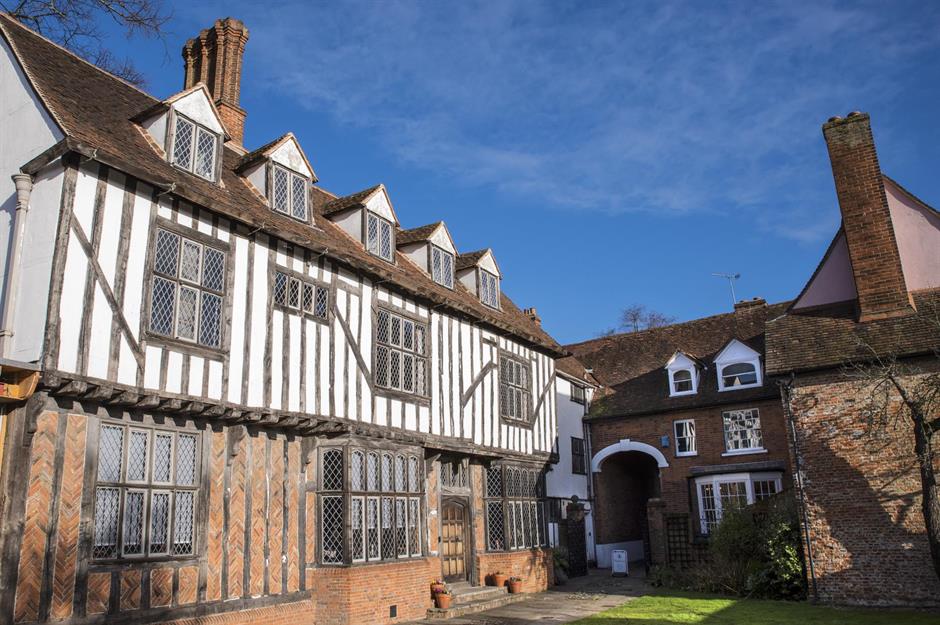
Regarded as Britain’s first city, Colchester can be found near England’s southeast coast. In AD 49, it was the first place in the British Isles to become a Roman Colonia and its rich past finally helped earn Colchester its official city status. With a history spanning 2,000 years, it was not just the Romans that left their mark here, traces of the Saxons and Victorians and their influence are all over the city, from street names to buildings. Colchester's military ties were another factor, the city is home to the British Army's 16 Assault Brigade, an airborne rapid response force.
Colchester, Essex, England
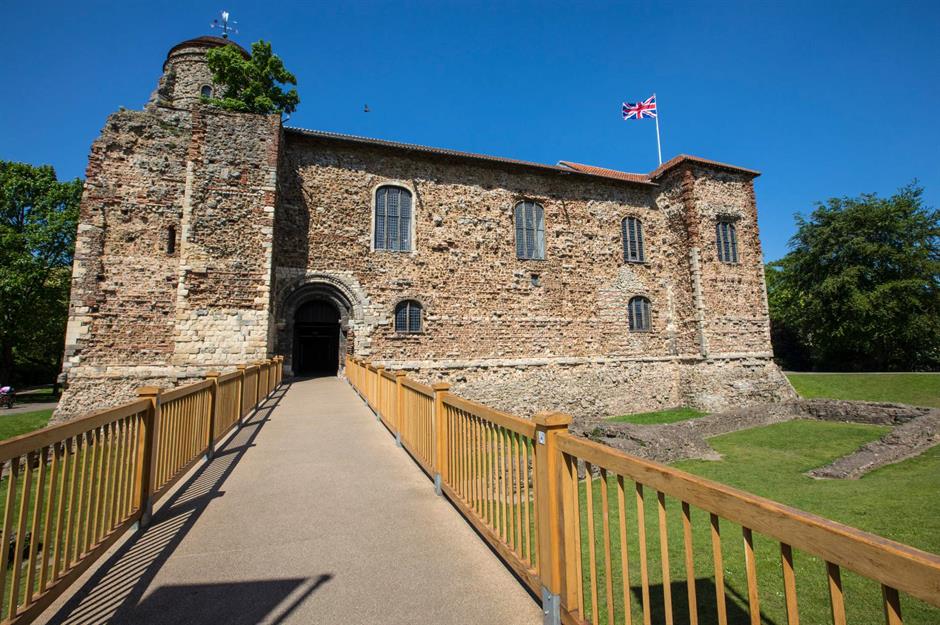
Today, Colchester’s incredible attractions, fascinating past and delicious food have made it a tourist hot spot. Nestled within the heart of Colchester is the historic town centre, encircled by one of the oldest and longest surviving Roman walls in Britain. Within the wall, shops, restaurants, museums, galleries and hotels make up Colchester's beating heart. Other notable sights include the Colchester Castle Museum, home to the largest Norman keep in Europe and the ruins of the country’s oldest church which dates back to the 4th century AD.
Doncaster, South Yorkshire, England
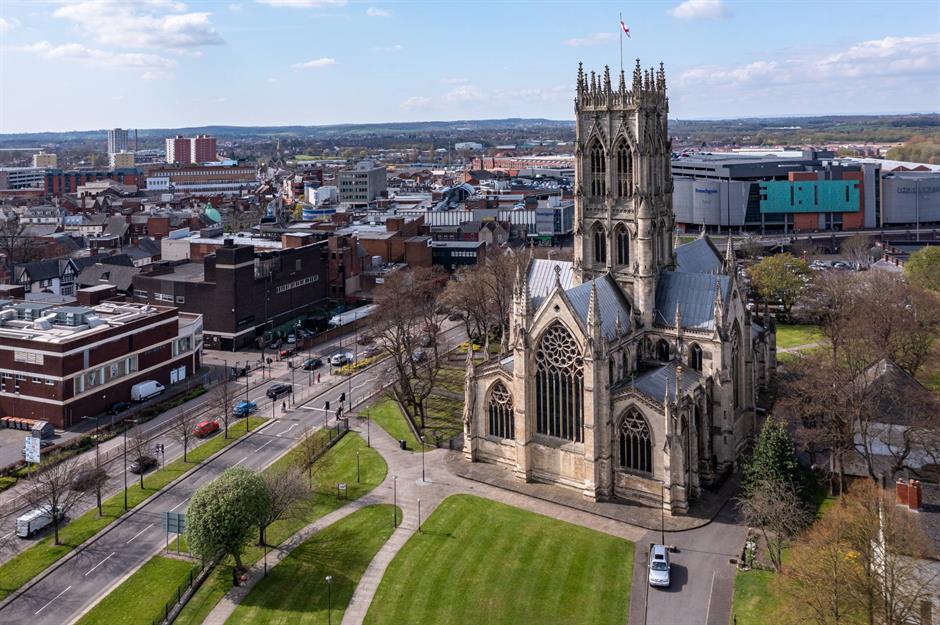
A hidden gem in the heart of South Yorkshire, Doncaster dates back almost 2,000 years. Originally a Roman settlement, evidence of its long history are everywhere you look, such as the remains of a Roman wall at the Minster Church of St George. The city is also known for its historic railway, which dates back to 1852. It was here where the famous Flying Scotsman and Mallard trains were designed and built.
Doncaster, South Yorkshire, England
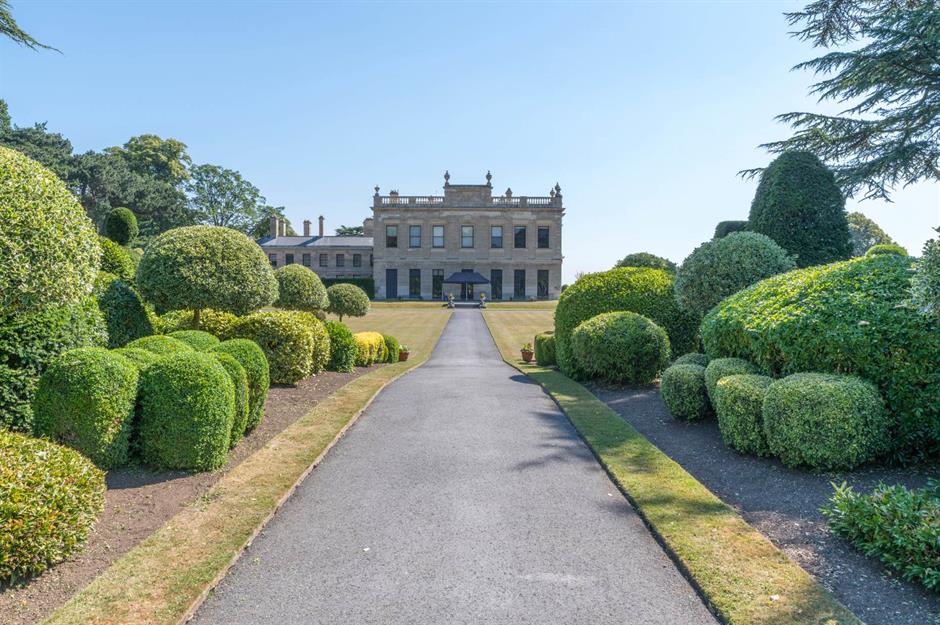
Doncaster is also packed with heritage sites, beautiful parks and historic attractions to enjoy. Proudly standing on the outskirts of Doncaster is the Grade I-listed Brodsworth Hall (pictured), a stunning Victorian stately home and gardens that is one of the only three mansion houses in England. Doncaster is also home to the St Leger race founded in 1776. It is the oldest racecourse in the world and has been visited by the Queen and other royals throughout history.
Love this? Follow our Facebook page for more travel inspiration
Douglas, Isle of Man
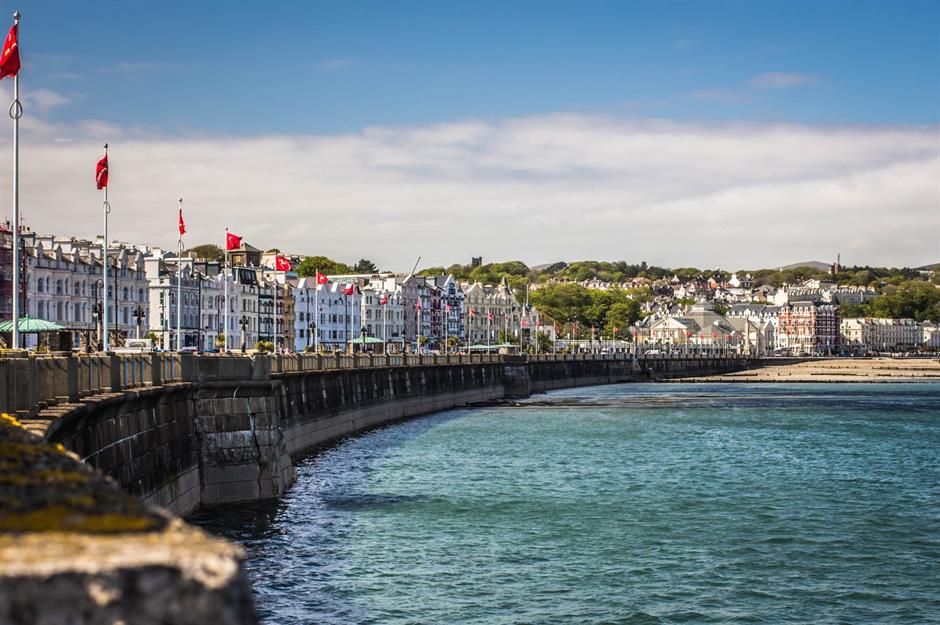
Nestled along the Isle of Man’s east coast, Douglas is the island's picturesque capital and the first town of the Crown Dependencies to earn city status. Formerly a small settlement, it experienced rapid growth during the 18th century due to the smuggling trade and its close ties with the port of Liverpool. Douglas is also where the Royal National Lifeboat Institution (RNLI) was founded in 1824 by Sir William Harry, of which Queen Elizabeth is a patron.
Douglas, Isle of Man
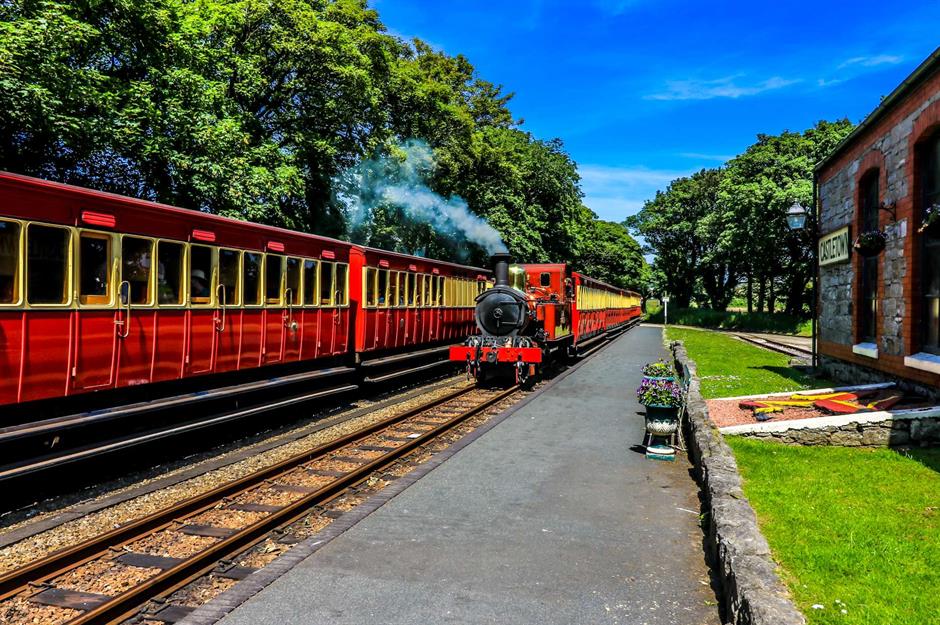
Right in the heart of Douglas, you’ll find the Isle of Man Steam Railway, the longest narrow gauge steam railway in Britain. The scenic journey takes passengers from the town centre into the island’s beautiful countryside, trailing through both coastal and farmland scenery. Other attractions include the Manx Museum which explores the island's 10,000 years of history through films, galleries and interactive displays and the pretty Promenade Gardens, a two-mile-long (3.2km) walkway overlooking the Irish Sea.
Dunfermline, Fife, Scotland

Formerly the capital of Scotland and just 30 minutes from Edinburgh, Dunfermline serves as the gateway to the rest of Fife. Dating back to the Middle Ages, the ancient capital is the resting place of several kings and queens throughout Scottish history, including King Robert The Bruce, all buried at Dunfermline Abbey, which celebrates its 950th birthday this year. The former town was also the birthplace of philanthropist Andrew Carnegie whose steel empire helped shape America while his funding aided English-speaking public libraries around the world.
Dunfermline, Fife, Scotland
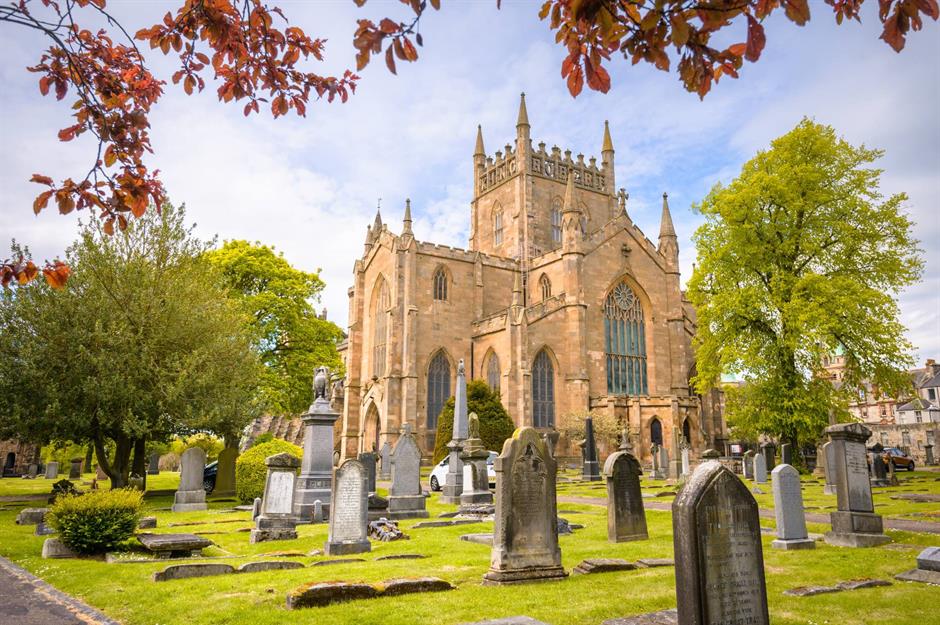
Dominated by its royal and monastic past and with one of the finest surviving medieval townscapes in Scotland, Dunfermline is brimming with history, cultural sites and attractions. From antique buses and railways to incredible architecture and war memorials, Scotland’s eighth newest city has it all. Notable landmarks include the restored 16th century Abbot House and the Andrew Carnegie Birthplace Museum. Located in the cottage where Carnegie was born, the fascinating museum recounts his life and legacy.
Check out these beautiful images of the UK's most historic places
Milton Keynes, Buckinghamshire, England
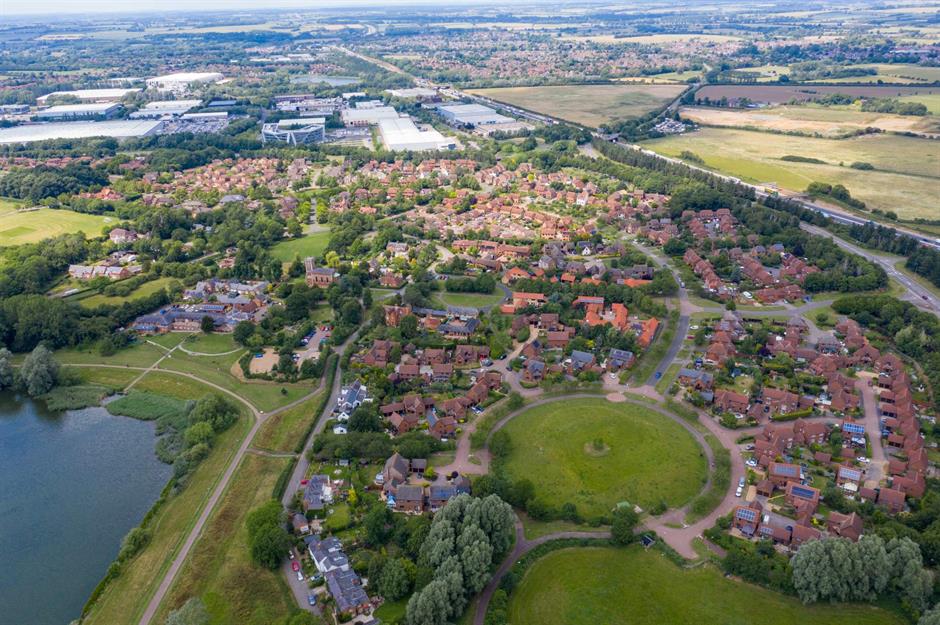
Founded in 1967, Milton Keynes was one of the last of England’s new towns. Located on the outskirts of London in Buckinghamshire, Milton Keynes was created by the British government to relieve the capital of its housing crisis. The Open University, the world’s first degree-awarding remote learning high education institution, was formed in Milton Keynes in 1969 and its NHS University Trust established the UK’s first independent medical school here too. Alongside its educational importance, Milton Keynes is renowned for being a hub for art – there are over 260 pieces of public art dotted across the city which include sculptures and installations.
Milton Keynes, Buckinghamshire, England
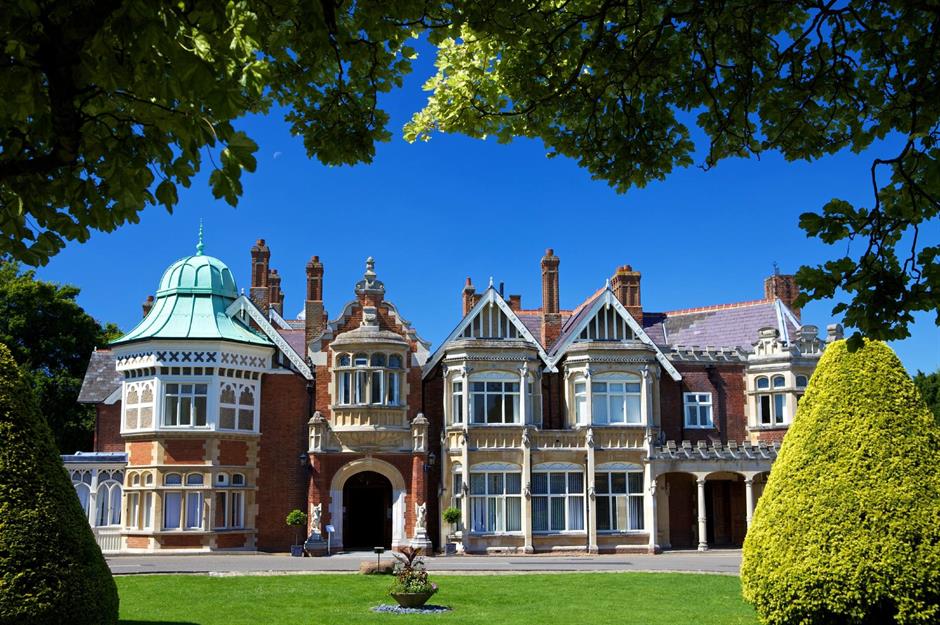
Visitors can discover MK's incredible art collection through various walking trails that explore popular pieces like the Black Horse sculpture alongside galleries and museums. The famous Bletchley Park (pictured) is another major attraction in the city. The stately house is the former home of allied code-breakers during the Second World War, where Alan Turing and other agents decoded secret messages including the German Enigma code. Today, Bletchley Park is an internationally renowned heritage attraction.
Stanley, Falkland Islands
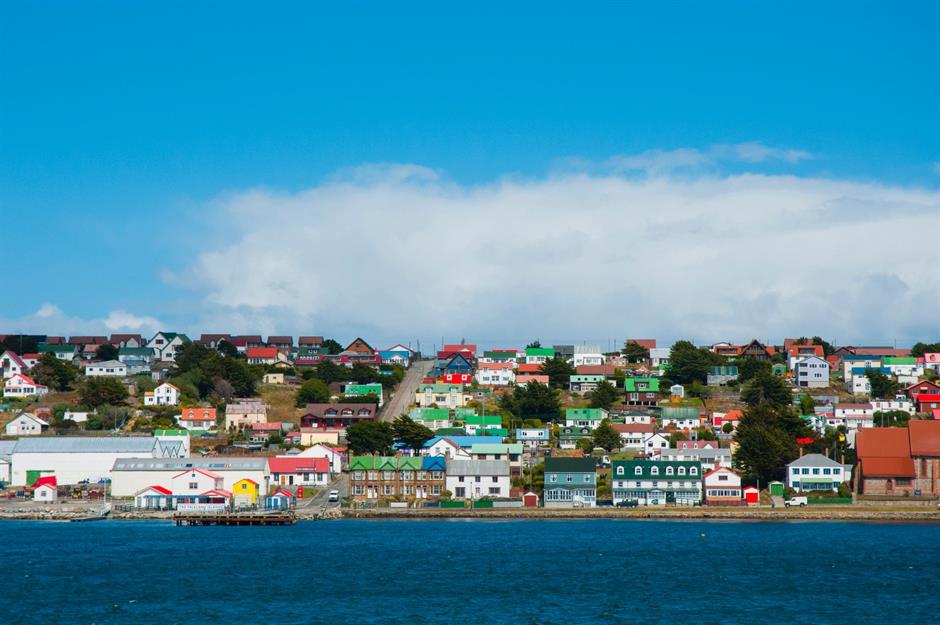
Characterised by its colourful houses stretched along a pretty sheltered harbour, Stanley is the Falkland Islands' tiny capital and now one of the smallest cities in the world. The first landing on the islands is thought to have been by British Captain John Strong in 1690 at Bold Cove on West Falkland. The Falkland Islands are best known for being the site of the Falklands War, a short undeclared war in 1982 between Argentina and the UK over the sovereignty of the islands. Stanley has been awarded city status the same year as the 40th anniversary of the conflict, which ended on 14 June 1982.
Stanley, Falkland Islands
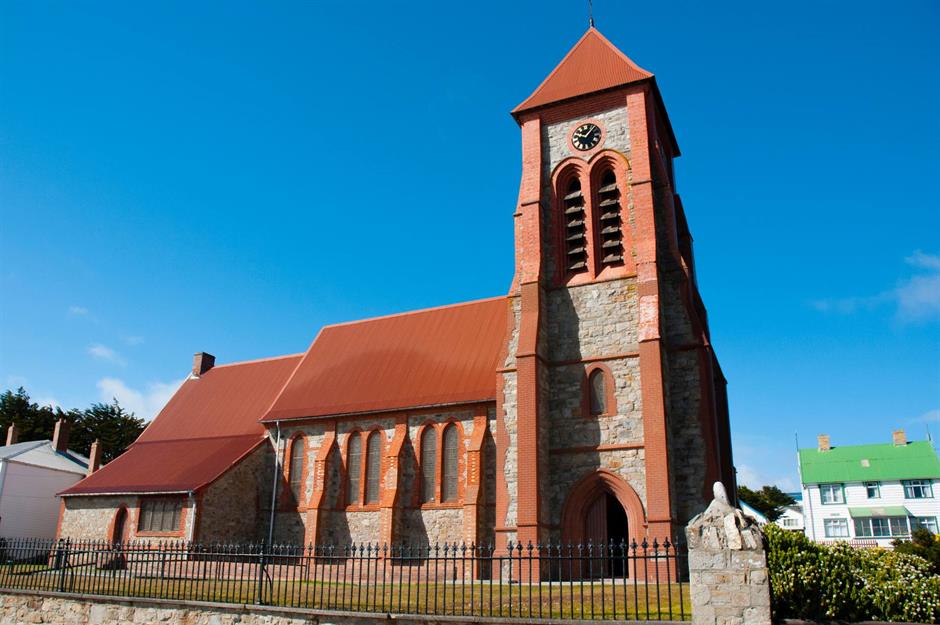
Several events and activities are taking place across the islands for the anniversary to remember and honour those impacted by the war. Alongside Stanley’s war history, the city has other attractions too, including the Historic Dockyard Museum which features exhibits exploring the town’s maritime and social history alongside displays on natural history. Another highlight is Christ Church Cathedral (pictured here), the most southerly Anglican cathedral in the world.
Bangor, County Down, Northern Ireland
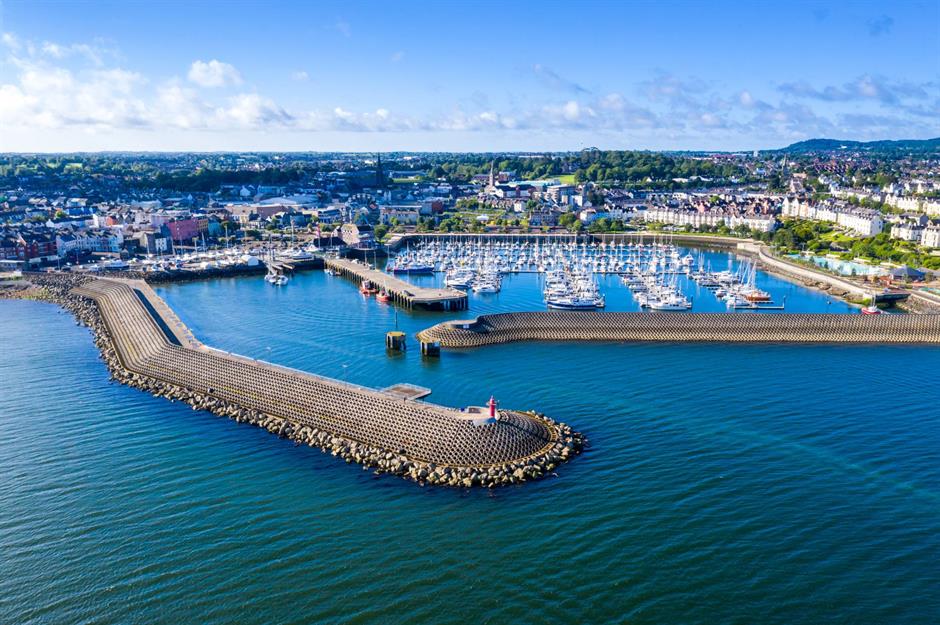
Often regarded as Northern Ireland’s most scenic seaside resort, Bangor lies on the fringes of County Down. The town’s bid to become a city focused on its strong community spirit, Christian heritage, industrial exploits and proud naval tradition. Due to its prime spot at the mouth of the Belfast Lough, the former town played an important role during the Second World War as a key site for Allied troops. It was also here that General Dwight D. Eisenhower (who later became the US president) gave a speech to hundreds of Allied ships in Bangor Bay before the D-Day landings.
Bangor, County Down, Northern Ireland
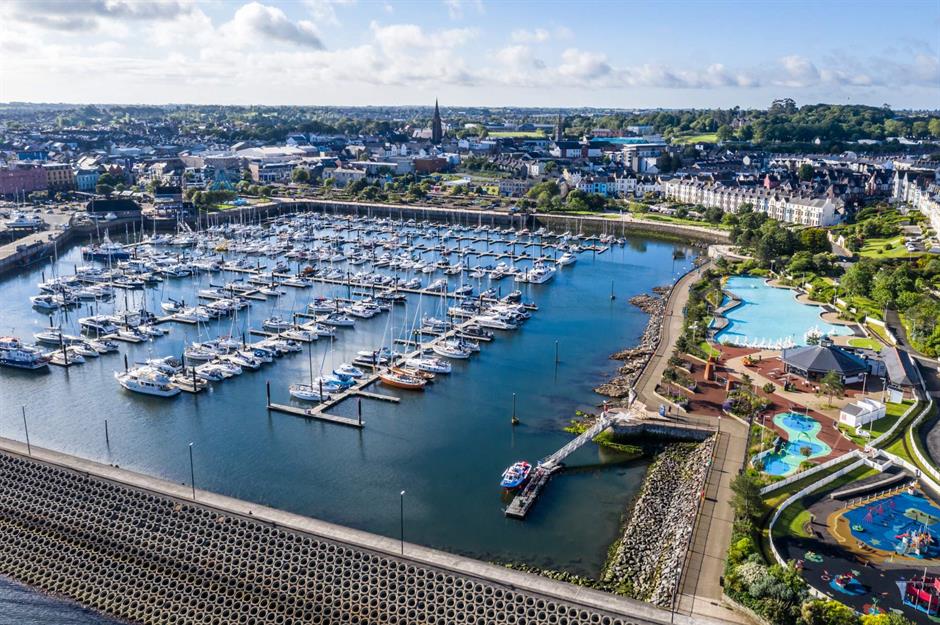
Today, popular landmark Eisenhower Pier has been named after the ex-president and features mosaics depicting Bangor’s role during the war. Set within picturesque parkland, Bangor Castle is another draw. Built in 1852 for Robert Edward Ward, the beautiful building houses Bangor’s Town Hall and the main civic building of Ards and North Down Borough council. The crown jewel of Bangor, however, is its award-winning marina. Visitors can try their hand at paddleboarding, water sports and fishing, or take a stroll along the water and tuck into some fresh seafood on the way.
Wrexham, North Wales
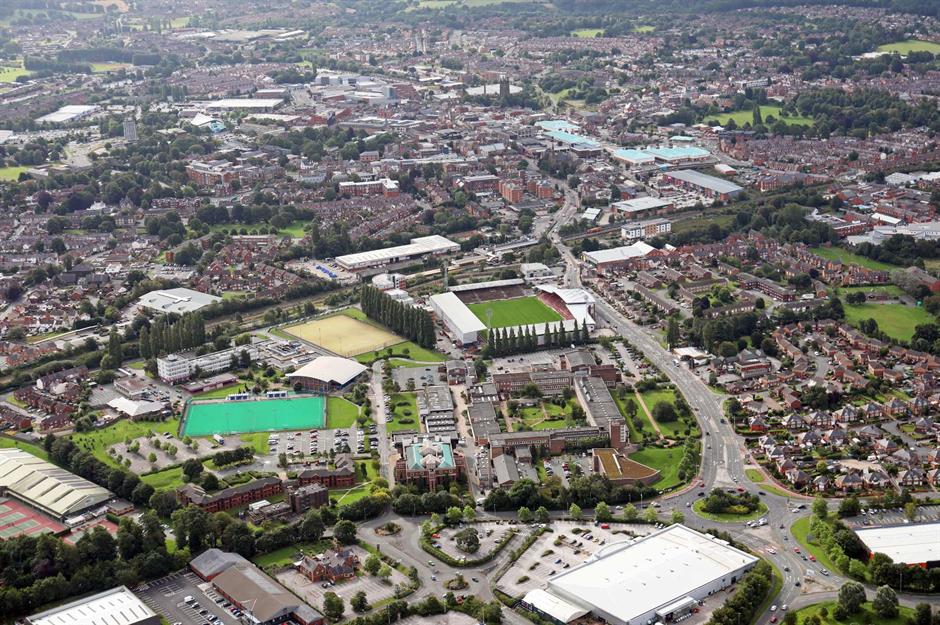
Surrounded by untouched natural beauty, Wrexham is sandwiched between the Welsh mountains and the lower Dee Valley along the English border. Known as the largest town in North Wales, Wrexham has become the seventh city in the country. Established in 1864, Wrexham Football Club is one of the oldest professional football clubs in the UK and is currently owned by actors Ryan Reynolds and Rob McElhenney.
Wrexham, North Wales
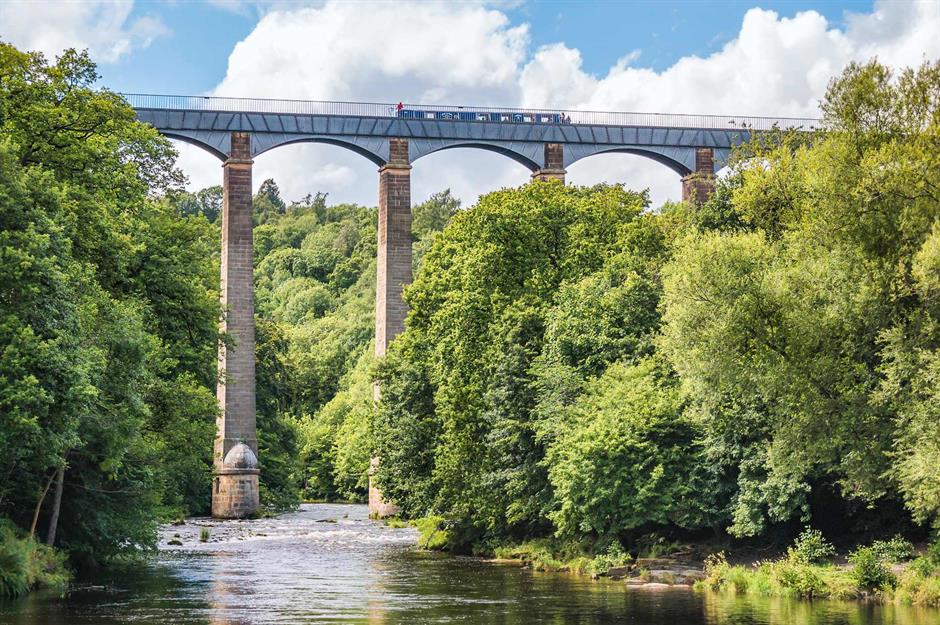
The former market town is home to the historic Pontcysyllte Aqueduct, which was completed in the early 19th century. Crossing the River Dee, the magnificent canal bridge and walkway is often hailed as an impressive feat of engineering and has earned UNESCO World Heritage status. Erddig, a Grade I-listed property is another must-see. Set among gorgeous landscaped parkland, the 17th-century estate is home to an impressive 30,000-strong collection of objects, which is the second largest in the whole of the National Trust.
Now discover 78 of the UK's prettiest small towns and villages
Gibraltar
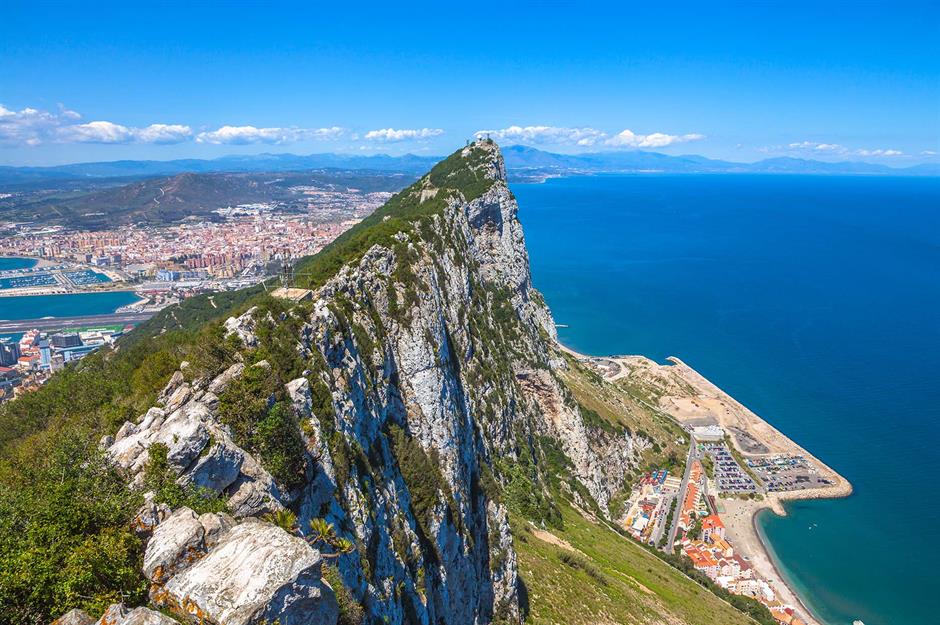
This often sun-soaked British Overseas Territory has finally become a city – 180 years after Queen Victoria first granted its status. Gibraltar, which lies at the southern tip of the Iberian Peninsula, also bid to become a city in time for Queen Elizabeth's Platinum Jubilee earlier in 2022, but when researchers trailed through the National Archives, they'd found it had already been given the honour in 1842.
Gibraltar
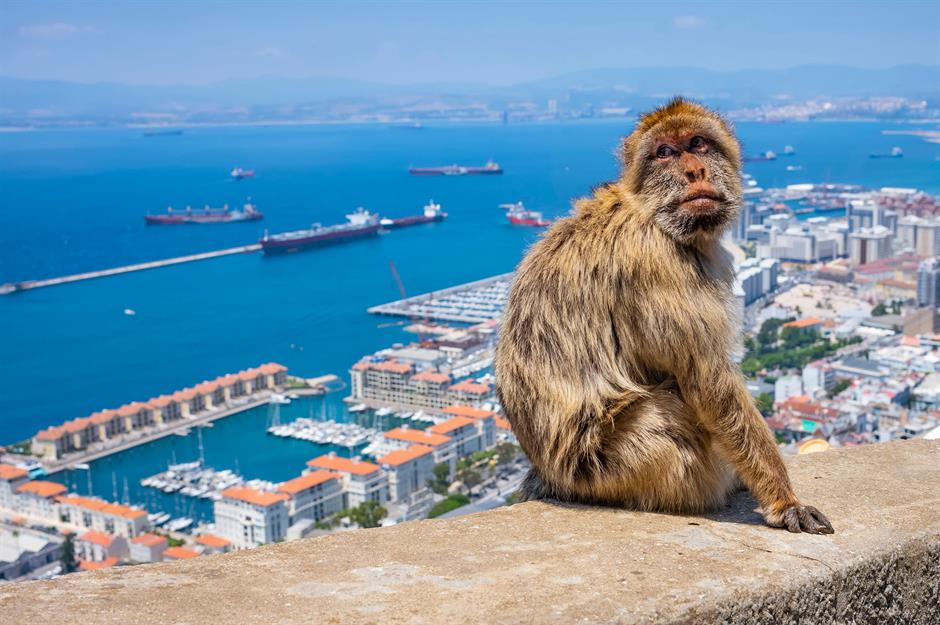
Famed for its friendly tailless monkeys (barbary macaques) and the huge limestone Rock of Gibraltar, the newly-announced city welcomes visitors via its unusual airport. It's the only commercial airport in the world that has a highway passing across its runway. Top attractions include a trip to St Michael's Cave, one of the 150 caves hidden within The Rock, the Great Siege and Second World War Tunnels, not forgetting a cable car trip to the Top of the Rock boasting fantastic views across mainland Spain and even Morocco on a clear day.
Comments
Do you want to comment on this article? You need to be signed in for this feature